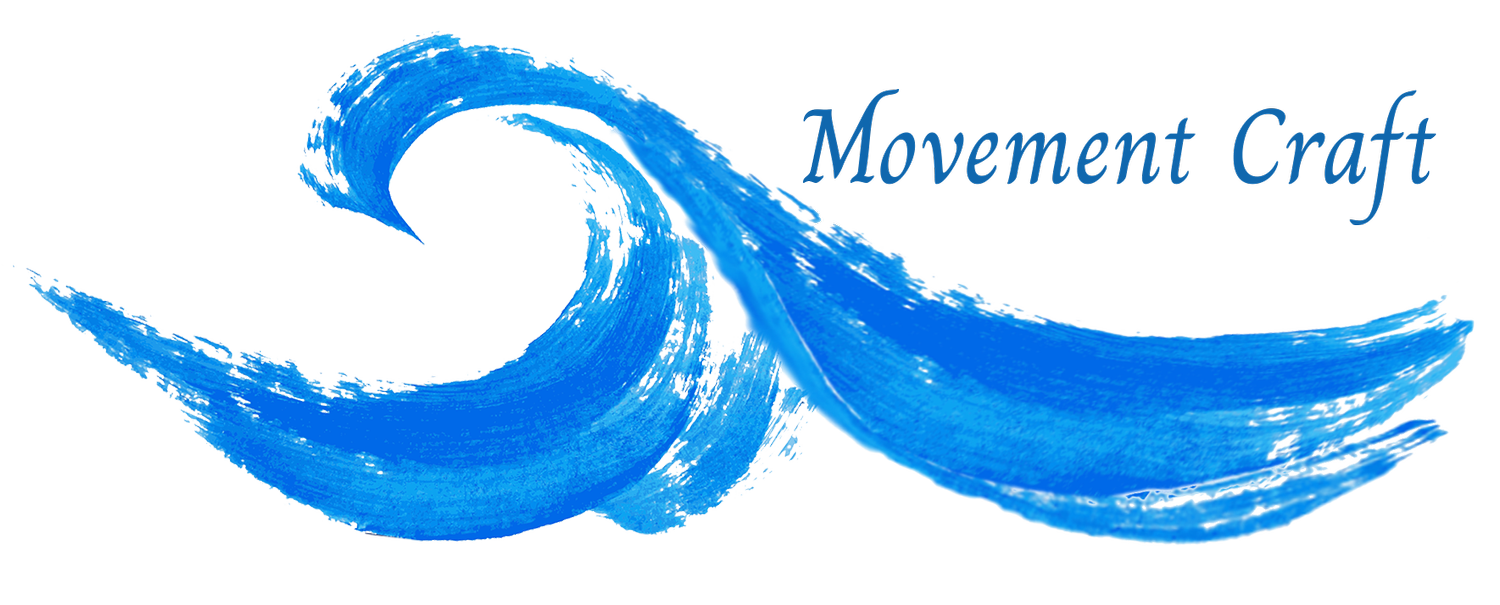Mastering Stabilization in Pilates: Unlock the Secrets to a Stronger, More Stable Body
Are you looking to improve your strength, stability, and overall body control through Pilates? If so, you're in the right place. In today's post, I'll be sharing valuable insights on mastering stabilization techniques in Pilates, focusing on key areas like shoulders, ribcage, and pelvis. These techniques are essential for building a strong and firm foundation for your body.
First, let's break down what stabilization is and why it's such a fundamental skill in Pilates. Stabilization is the process of making the body more physically secure and stable. We need this to create a strong foundation for our body to stand and move from. Stabilization helps us gain control of our body, which is at the core of Pilates. In fact, Joseph Pilates' method is called "contrology," which is all about gaining control of your body.
Last week, we discussed the importance of breath and the scoop in activating the center. A strong center is crucial for all our body's movements and is often referred to as centering. A strong center gives you better control of all your movements, which is where we always start with the scoop and build upon it. Every movement in Pilates requires the use of the scoop as well as focus and concentration, creating a deeper connection between the mind and body.
Now let's dive into the three key areas of stabilization: shoulders, ribcage, and pelvis.
Shoulder Stability:
Most people tend to overuse their shoulders and upper body, often due to a lack of strength in the center. Having an awareness of the proper placement of your shoulders can go a long way. It's easiest to sense and feel shoulder stability while you're lying on your back on a supportive mat or table. Start by keeping your shoulder blades (scapulas) anchored to the mat. Check in with your shoulders often through movement, feeling what it's like to have the shoulder blades come up off the mat and then anchoring them back down. This awareness is key and is accomplished through repetition.
I love teaching shoulder stability using the circle in the hands to activate the scoop. The tendency here is to over squeeze the circle or muscle the movement with the upper body. Instead, lightly press the circle while keeping your shoulders stable, leading to a greater connection to your center while you're scooping.
2. Ribcage Stability:
Ribcage stability gives your arms and shoulders their widest and safest range, allowing you to lift your arms away from your body without suffering strain or injury. Ribcage stability starts by feeling your ribcage and its heaviness into the mat while lying on your back (supine). As you lift your arms overhead, maintaining shoulder stability, bring your arms back over your head only to the point where you can maintain both stable shoulders and the feeling of the back of the ribs without letting the front of the ribs pop up.
The exercise called ribcage arms teaches you your range of motion. Both ribcage and shoulder stability are essential for preventing injury and creating body awareness while moving your arms and engaging your center.
3. Pelvic Stability:
First, it's important to understand and feel how your pelvis moves. Begin by learning to tilt your pelvis in one direction, using your breath and scoop. This requires more work on your pelvic floor and transverse abdominal muscles. Start by teaching the tilt, learning to flatten the back into the mat or achieve a posterior pelvic tilt. An anterior pelvic tilt or arch comes later, based on experience and what works best for most people.
After sensing how the tailbone stays anchored when the pelvis is in a neutral position, work on pelvic stability through stabilized movement, typically involving the legs, breath, and scoop. Stabilized movement with the legs teaches you not to move your back and pelvis as you move your legs, which is crucial for back health, injury prevention, and greater control over your body and its movements.
I teach two basic movements for practicing pelvic stability: heel slide and knee fold. The main goal is not only feeling your scoop but using your breathing, centering, and keeping your pelvis in a neutral and stable position without moving your back.
Stabilized movement is vital, and everything you do on your back translates to standing over time in larger, more complex movements. Standing is such an essential exercise in itself, allowing you to feel deep muscles when standing correctly. When you add walking to this, it becomes crucial for essential life movements.
Now that we've covered stabilization and its importance in shoulder, ribcage, and pelvic stability, let's recap. These techniques are essential for enhancing control of your body and its movements. By focusing on breath, scoop, focus, and concentration, you create a deeper connection between your mind and body, leading to improved control and body awareness.
I hope you found this information helpful and are inspired to incorporate these stabilization techniques into your Pilates practice. Remember, consistency is key to achieving noticeable improvements. With dedication and the proper techniques, you'll be well on your way to mastering stabilization in Pilates and enjoying a stronger, more stable body.
